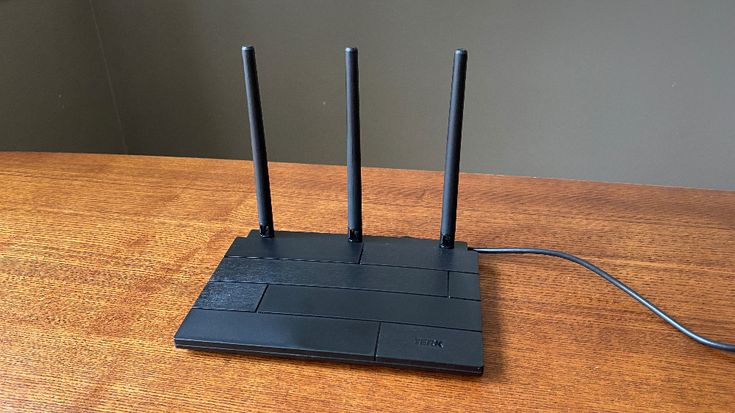How Do You Choose The Right TV Antenna For Your Home
In the world overflown with subscription services like Netflix, Hulu, Amazon Prime, HBO Go, Disney Plus and many others, it’s refreshing to see that some people still just want to watch the TV the old way. Because let’s face it, nothing beats that pleasure and pain when you sit in front of the TV, browsing through dozens of channels, looking for something interesting to watch.
Also, we can’t forget that unless you’re willing to pay ludicrously high subscription fees for sports streaming apps, you don’t really have a legal way to enjoy your favorite sports.
However, in order to enjoy those things, you need a quality TV antenna, and seeing how there are so many to choose from, we can see how hard it can be to find the right one for your needs. But, not to worry – we are here to help. Today, we’re going to show you how you can choose the right TV antenna for your home. Let’s begin.
Choose The Right Type
Let’s begin our search by exploring our options based on the type of aerial.
Satellite or Terrestrial

The first decision you’ll have to make is whether you’ll go for a terrestrial or a satellite antenna.
Terrestrial antennas are used to pick up terrestrial broadcasts, so you will have to inform yourself of the broadcasts that are emitted near you. These antennas pick up the frequencies in the UHF portion of the radio spectrum, although some can still pick up the VHF frequencies, too.
On the other hand, satellite antennas (the ones that come with satellite dishes) pick up on the DBS broadcasts. To make sure you get the best reception, these antennas need to be carefully aligned with the dish and are often installed by professional crews. They will receive satellite signals, which is one of the reasons why they need to be accurately placed.
Also, these are not interchangeable, meaning terrestrial aerials can’t pick up on satellite broadcasts and vice versa.
Indoor or Outdoor

Next up, you will have to decide whether you want an indoor or an outdoor antenna.
Truth be told, no one really decides on an indoor antenna. They are the ones that are reserved for people that either can’t afford or can’t install the outdoor one. Why? Well, indoor aerials are generally worse than their outdoor counterparts. Not only do they have a lesser range, but they also can’t produce the same level of image and sound quality as the outdoor ones.
This is due to the fact that the walls are blocking the signal reception, but also due to the way they receive signals. But, some people just don’t have any other option. However, the silver lining is that if you live in a high-signal area, according to www.tayloraerials.co.uk, you will probably manage to get good reception and decent image quality.
Outdoor antennas are a much better option any way you look at it. They aren’t as easy to interfere with, they provide you with a better image and sound quality, and they are generally longer-lasting. On the other hand, they are more expensive and usually require professional installation if you want to ensure top-notch performance.
Aerial Research
Now, let’s talk a little bit about how you’re going to find the perfect aerial based on your needs and preferences.
Read Reviews

Now that you’re all set on the type of antenna you want, it is time for you to do a little research. As is the case with anything else, there are some high-quality and some low-quality antennas, and we’re sure that you wouldn’t want to be stuck with the latter.
To make sure you don’t, do a little bit of digging online or consult with a professional and ask for advice. Reading a couple of reviews and buying guides will probably be enough for you to get a good idea of what’s good and what isn’t, but we would still suggest you ask for a professional opinion.
Frequency Coverage
Every TV antenna can only pick up so many frequencies. As we’ve said earlier, some antennas will pick up VHF frequencies, but the majority will pick up on the UHF ones, as most of the modern-day TV is broadcasted on the UHF frequencies.
However, even if you choose the right one, you will still have to consider how “broad” the frequency coverage will be because of the different bands used. Sometimes you will need very wide band antennas based on where you live, so that’s another thing to keep in mind.
Gain and Directionality
Gain is one of the key parameters to consider when choosing a TV aerial. Loosely translated, the gain would be the sensitivity of the antenna in a certain direction. By sensitivity, we mean the antenna’s ability to pick up weaker signals from a certain direction. So, the higher the gain – the better the ability to pick up weaker signals.
However, this comes at a cost, so to speak. When the gain is increased, the “broadness” is lowered, which means you will have to accurately direct the antenna towards a TV transmitter, which means you might lose some of the channels that are broadcasted from a different direction. Think of it as a light beam – if it’s laser-focused, it will reach further, but it will illuminate less of an area, and vice versa.
Cost

Finally, you will have to factor in the cost of the antenna into the mix. While it is true that most of the time, price does not directly indicate quality, generally speaking, budget-friendly aerials usually don’t deliver the best performance, so it would be advisable to stay away from unreasonably cheap products.
Conclusion:
As you can see, there are quite a few steps and things to consider when shopping for a new TV antenna. We hope our mini-guide has provided you with more than enough information so when the time comes, you’ll have no problems whatsoever selecting the best possible TV antenna for your needs. Hopefully, you have found this article helpful.


